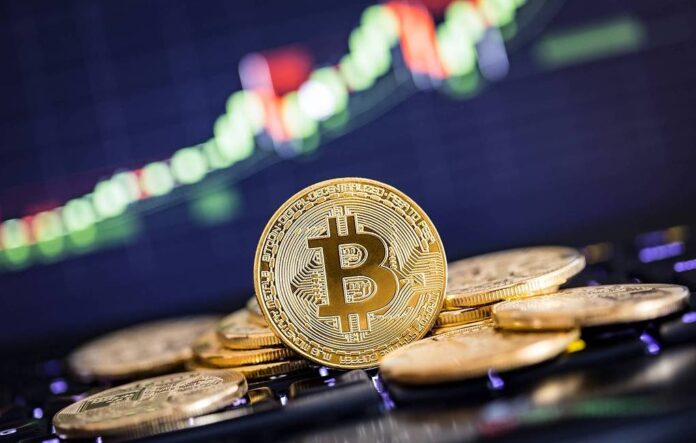The Bitcoin price all-time high has now surged past $112,000 — a jaw-dropping milestone for the world’s most valuable digital currency. Once seen as a fringe experiment, bitcoin is now firmly embedded in global economic conversations, drawing comparisons to gold and even sovereign reserves.
But what’s really pushing this rally? And could it be just the beginning?
A Digital Fort Knox in the Making
Bitcoin’s meteoric rise can be traced to a series of unlikely geopolitical shifts. The biggest jolt came earlier this year when former U.S. President Donald Trump announced “Liberation Day” — a tariff-heavy economic move that rattled global stock markets but sent Bitcoin skyrocketing.
Adding fuel to the fire was Trump’s executive order to create a strategic bitcoin reserve, dubbed a “virtual Fort Knox” , creating a shift in how governments might treat cryptocurrency going forward.
As a result the narket momentum took off and equities faltered, investors started viewing Bitcoin not just as a tech gamble, but a macroeconomic hedge, a stable store of value amid political and fiscal uncertainty. The narrative only grew stronger as other institutions and governments followed suit, elevating bitcoin into a symbol of digital stability.
The New Gold Or A Risky Bubble?
Analysts remain divided. Many see bitcoin as “digital gold” its capped supply of 21 million coins echoing the scarcity and allure of precious metals. In a time of aggressive fiat currency printing, hard assets like bitcoin feel like safe havens for wealth preservation.
“Bitcoin is showing why it’s in a class of its own,” said Roshan Roberts, CEO of crypto exchange OKX US. “Institutions are treating BTC as a maturing asset class.”
Surveys suggest continued optimism. Finder’s latest analyst poll puts bitcoin’s end-of-2025 price at around $145,000, with some experts predicting it could shoot up to $458,000 by 2030.
But not everyone is convinced.
Critics like Professor John Hawkins of the University of Canberra warn that bitcoin’s rise is artificially supported by current U.S. policies. “It still lacks any fundamental value,” he argues, labeling the rally as a speculative bubble.
What Happens Next?
Whether this surge marks the beginning of bitcoin’s true financial dominance or simply another chapter in its volatile history, one thing is clear: Bitcoin is no longer a sideshow. It’s in the main ring, and the world is watching.
With inflation fears, geopolitical shifts, and institutional buy-in growing stronger, the digital asset could see even higher highs or a sharp correction. Either way, investors, regulators, and governments can no longer afford to ignore it.
The age of crypto speculation is giving way to a new era of strategic financial integration. And bitcoin? It’s leading the charge.
Read more: Why Was Bitcoin First Driving Computerized Cash?


























